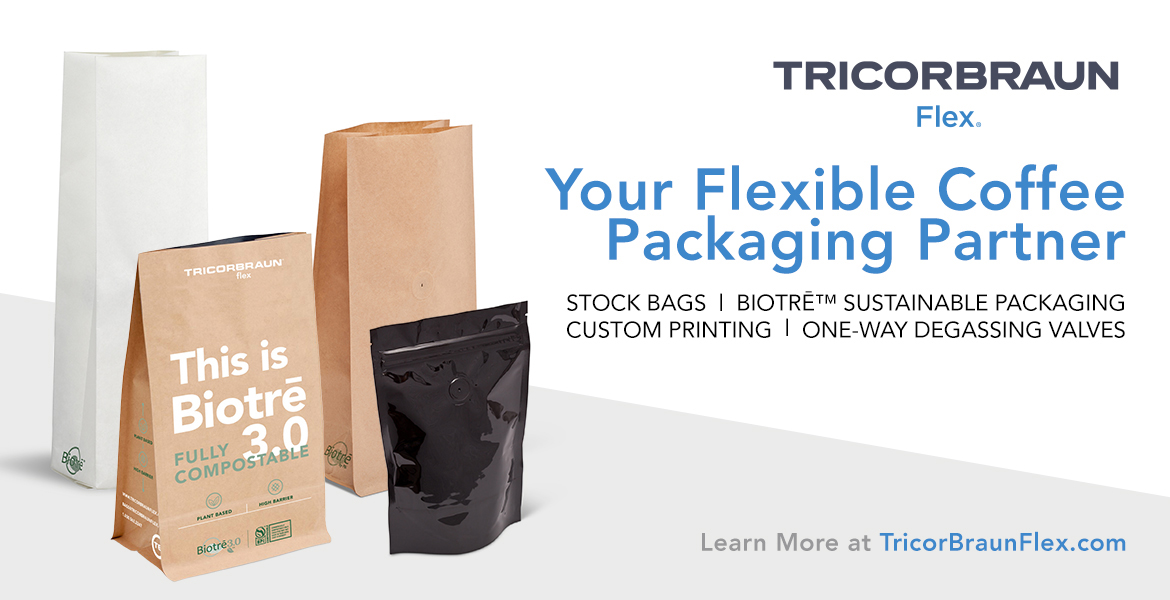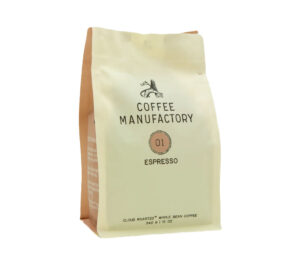We’re longtime followers of the work of Alex MacIntyre, whose MacIntyre Coffee helped define a moment for London specialty coffee in the early 2010s. Now under the banner of Manifesto Coffee, we last heard from MacIntyre in 2021, when Manifesto took part in a unique six-way auction lot split of some exceedingly rare coffee from Madagascar. Jump to today as we take a closer look at Manifesto Coffee’s fresh approach to coffee packaging design, working with “the world’s most recycled object”—the humble beverage can.
As told to Sprudge by Manifesto Coffee Director Alex MacIntyre.
Tell us about Manifesto Coffee here in 2022! How are you all doing?
Manifesto is doing great! We’ve just moved into a new space in central Perth (Scotland), where we’re busy getting ready to open up as a coffee shop. It’s been a tough journey to get to where we are, starting the business during COVID in 2020 from nothing and reinvesting almost all we make back into the business to grow it to what it is now.

Tell us about the new product design!
Our cans took over a year to develop. It was an old idea we had floating about for many years that we decided to actively work on when coming up against a lot of issues with claims of recyclability or compostability with coffee packaging. We’d find a lot of bag suppliers would happily claim 100% recyclability or compostability without being quite so forthright with how one should go about making sure it’s so. Customers would see “100%” recyclable and believe they can just throw it in their domestic recycling when the bag in fact needs to have the valve and zip removed and then dropped off by hand to a recycling center or supermarket. Throwing it in domestic recycling bins simply results in it being discarded as waste.
So we decided to work with and develop the world’s most recycled object—the beverage can—for use with coffee beans. It took a year to get it all to work, requiring custom parts being machined so we could apply an easy-peel style end to the cans. Our ends are made from an aluminum foil and has no sharp edges (you might recall the problems a particular blue coffee roaster in the US had a few years ago with a similar design), so isn’t a cut risk for customers and has an element of “that’s different” when customers are looking at it to help separate it from beverages.
The labels are designed, printed and hand cut in-house with a die-cutter. Before switching to cans we had a lot of issues with accurately estimating the number of labels we’d need to order. Either we’d order too many and have a lot of waste, or we’d order too few and pay a premium for low order volumes. Printing and cutting our labels in-house gives us complete control and reduces the amount of waste we produce significantly. The labels are applied to the can using a biodegradable adhesive, the card is recycled, and the ink is biodegradable too.

Tell us about the artists you worked with on the designs.
Currently all the designs are handled by myself (Alex). Partly that’s due to it being a bit of a hobby of mine, partly do to needing a pretty quick turnaround of design, and partly it’s simply budget constraints! We would love to feature designs by other artists in the future, though!

Why cans?
Simply put we feel they are the best solution for coffee out there. They’re airtight, don’t allow light in, more affordable than most available coffee bags, and are 100% recyclable. The aluminum beverage can is the world’s most recycled object, achieves an annual recycling rate of over 82% in the UK (98% in places like Germany and Brazil) and the infrastructure to deal with them is extensive and mature with 100% of a beverage can being able to be turned into another within 60 days of it being thrown out. Like all manufactured materials there is a carbon footprint to their manufacture, but this is reduced significantly by higher rates of recycling. The most important thing is people already know what to do with these, they’re a familiar object, and people don’t need to google how to dispose of them properly.
Where is your coffee available?
Online on our website and a few coffee shops in the UK. We’re starting to work with a distribution partner to widen our distribution through the UK and abroad.

What’s next for Manifesto?
As mentioned, we have our first coffee shop opening soon which is also where our new roastery is based. We’ll be working to grow that part of the business and hope to invest in a larger capacity roaster this year, the Stronghold S9. we’re passionate about the sustainability of our business so using electric roasters is pretty important to us.
Thank you.
Coffee Design is presented in partnership with Savor Brands. Explore Coffee Design archives at our Coffee Design hub.


































